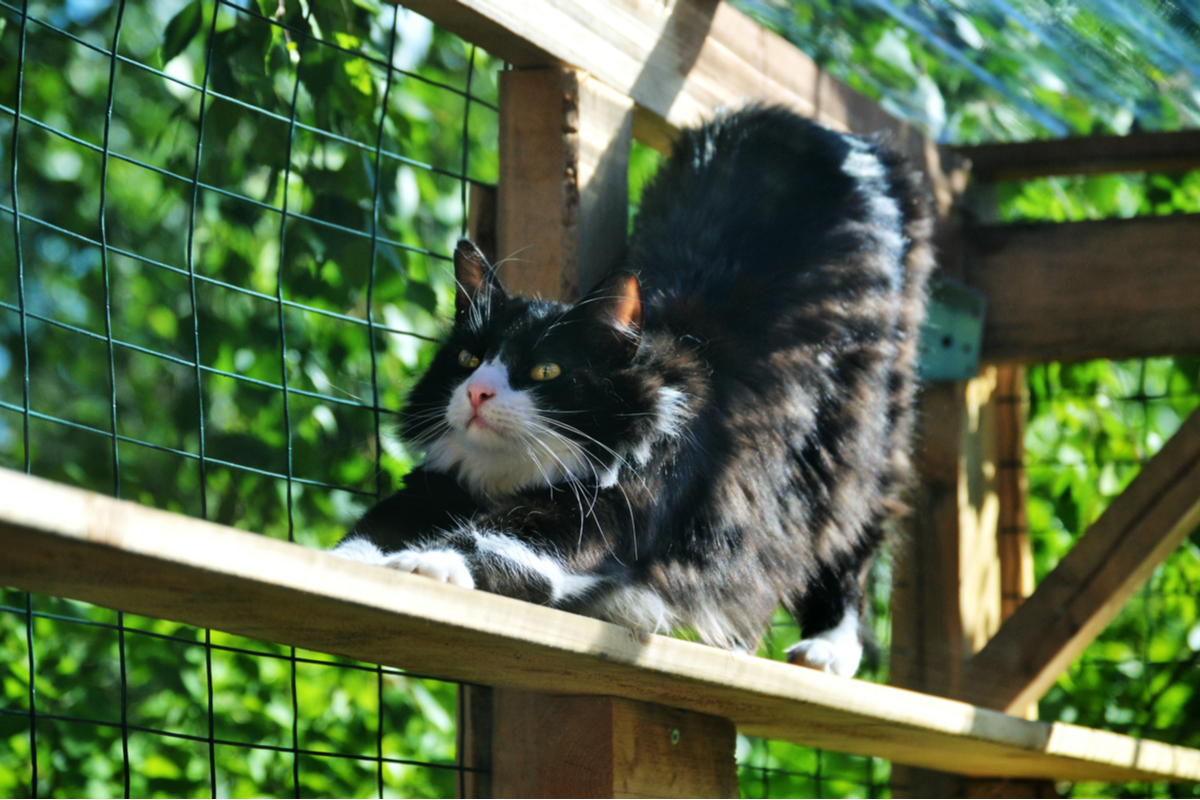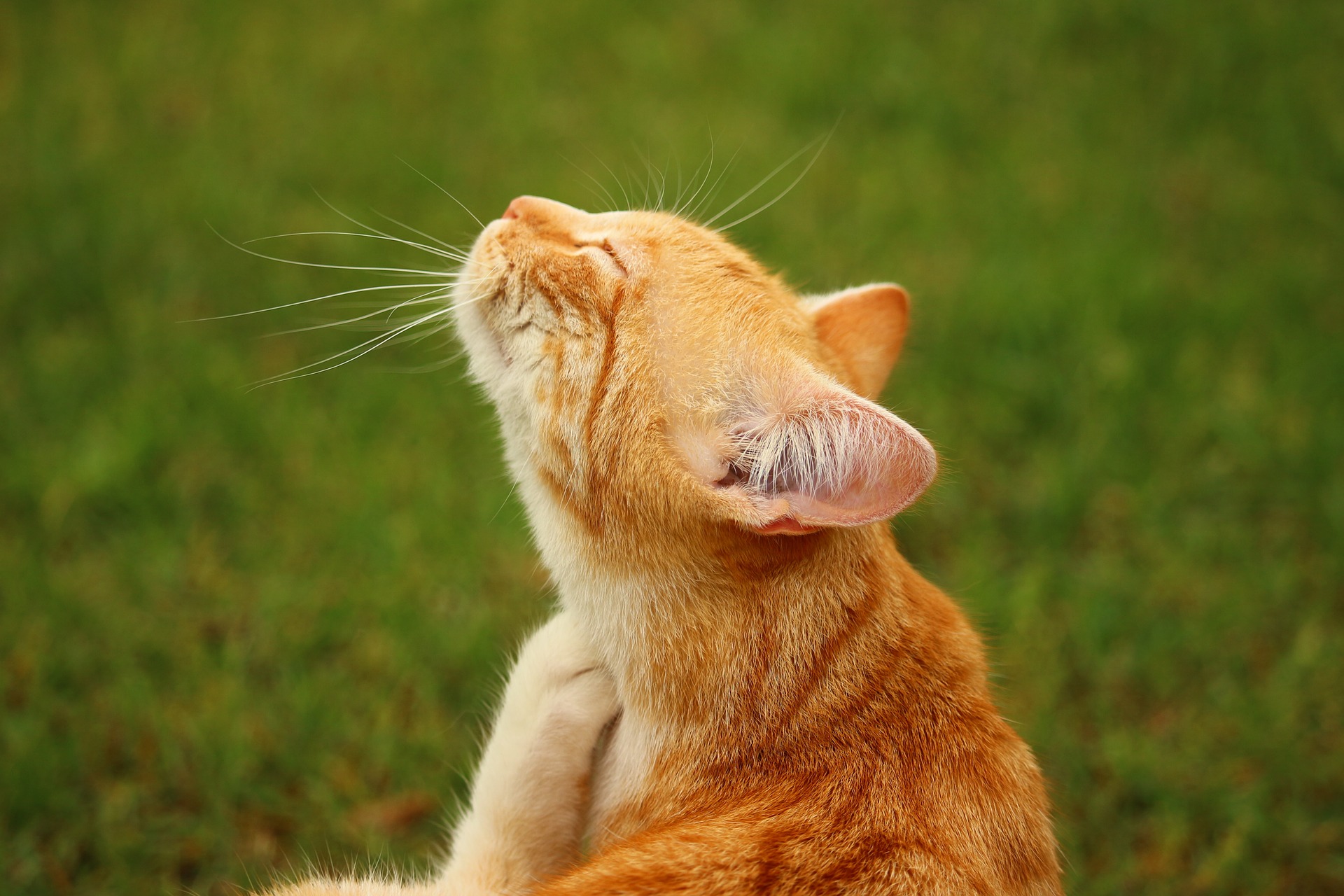The outdoors are full of potential dangers for cats. Toxins, predators, vehicles, and even the potential of getting lost can all threaten your cat’s life. But that doesn’t mean that your indoor-only cat can’t enjoy the outdoors. A practical solution is getting a catio, which lets your cat go outdoors and enjoy plenty of fresh air while still being safely contained. If your indoor cat is bored or spends lots of time looking out the window, he might enjoy a catio. The good news: catios are available in many different sizes and designs, so chances are you can find a catio that works well for your house and budget. Once you do, your cat can start venturing outside and enjoying the sights, smells, and sounds.

What is a catio?
A catio, a combination of “cat” and “patio,” refers to an enclosure that’s located partially or fully outside. These enclosures are designed to give cats access to the outdoors, while also keeping the cats protected and safe. Catios often consist of wood and wire mesh that allow for plenty of airflow and visibility, while preventing dogs and other potential predators from being able to reach your cat.
Catios can vary greatly in size. Some catios are small — just large enough for your cat to go in and lie down — and mount directly to your window. You can open the window to let your cat go in and out of the catio as he pleases, then close the window at night when your cat is back inside the house. Other catios are much larger, and they can be as large as your actual outdoor patio space. Many of these larger units are tall enough so that humans can walk into them, and when outfitted with cat trees and multi-level climbing options, they give cats plenty of entertainment and exercise.
Are catios good for cats?
Catios offer many benefits to cats. According to the British Columbia Society for the Prevention of Cruelty to Animals, catios can give cats a space where they can get rid of extra energy and explore the outdoor space. If your cat loves to relax in the sun that comes through your window, a catio can give her even better access to the sun. Catios can help curious and playful cats to get the mental stimulation that they need, and they do this in a way so that your cat can enjoy the outdoors safely.
Is it cheaper to build or buy a catio?
The cost of a catio will depend on the type and size of the unit that you want to give to your cat. If you’re looking for a smaller window unit and you don’t already have tools like saws and a drill, then buying a pre-made catio may be both more affordable and more convenient.
If you have your sights set on building your cat an extra-large, multi-level catio, then chances are it will be cheaper to build the catio yourself. As an added perk, if you build your own catio, you can customize it so you get the exact design that will work best for your space and your cat.

Is it cruel to keep a cat in a catio?
Catios are generally designed to give your cat free access to come and go as he pleases. The British Columbia Society for the Prevention of Cruelty to Animals highlights the importance of giving your cat time to get used to the space. It can take a few weeks before your cat works up the confidence to enjoy the catio and relax in the space. You can encourage your cat to explore the catio by placing food, treats, and catnip in the space, but never force your cat out into the catio. When your cat is enjoying time in the catio, it’s a good idea to make sure he has water and some shade available to him if he needs.
Catios can be excellent ways to let your cat enjoy some time outdoors safely, but it’s important to make sure that the catio you choose is sturdy and secure. Look for a catio that’s built out of strong, durable materials, and inspect it readily. Verify that the catio is installed appropriately and that there are no gaps where it connects to your home’s door. It’s also important to pay attention to the strength and security of the catio doors; they need to be locked and tightly closed whenever your cat is using the space. To be extra safe, only let your cat out on the catio when you’re home and around to keep an eye on the space, just in case a dog or other predator comes through the yard.


